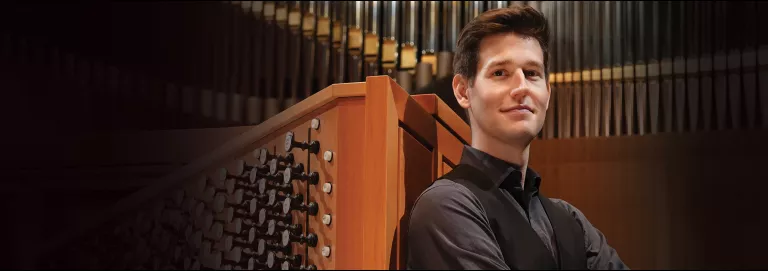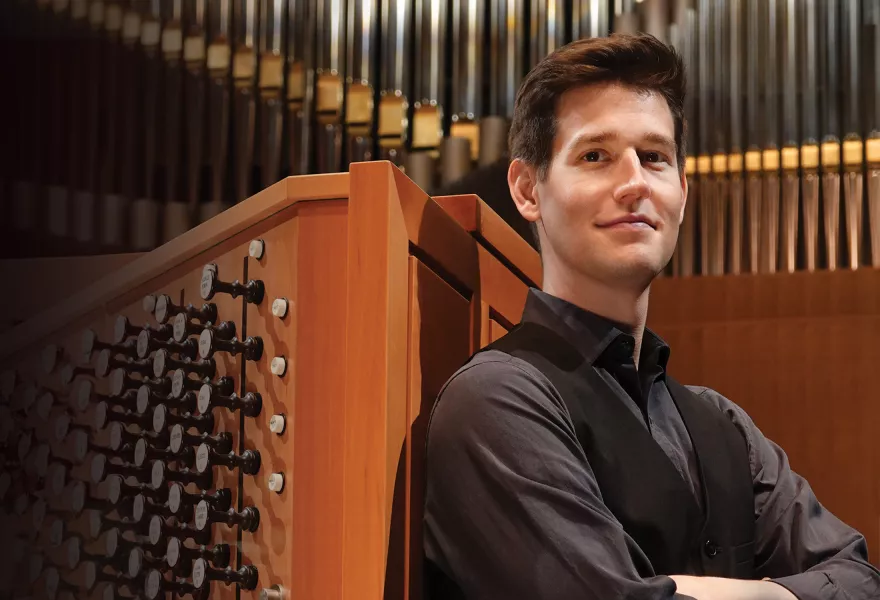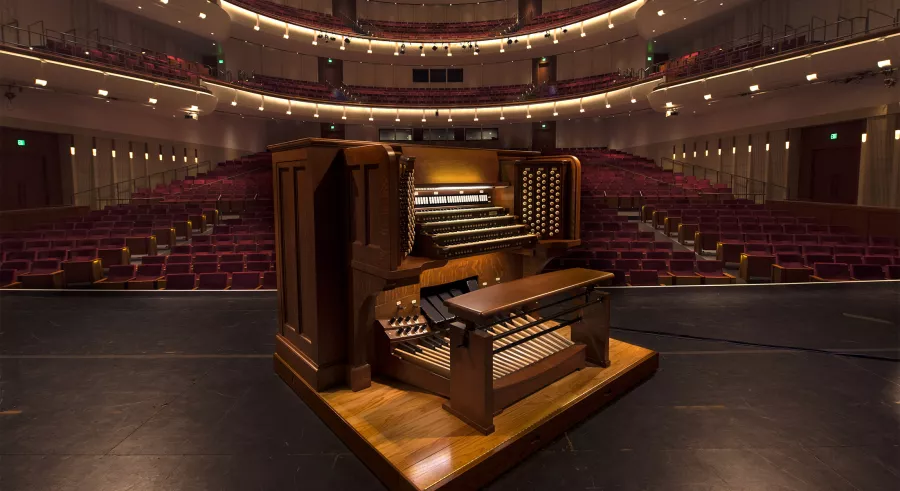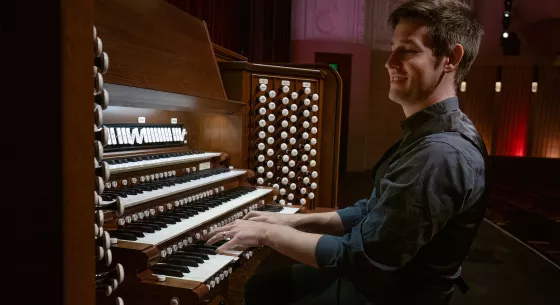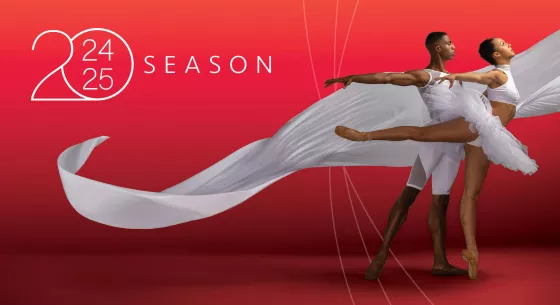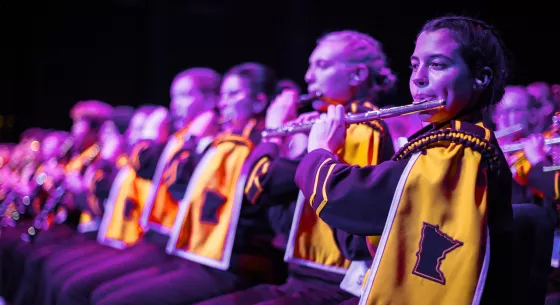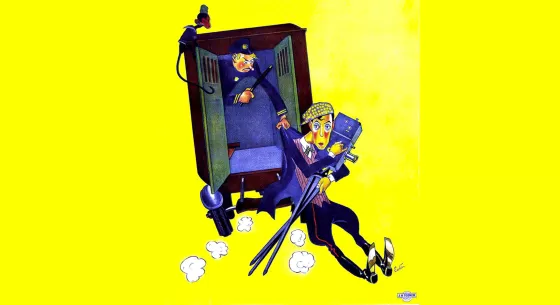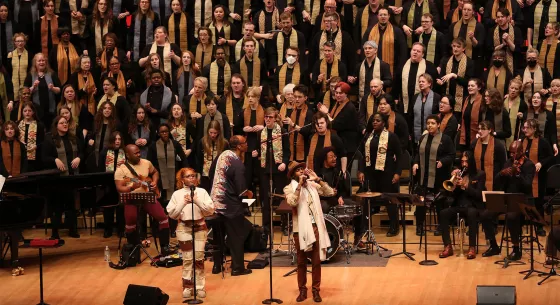Start a conversation about the performance or encourage reflection, using these questions as inspiration.
Praised as “extraordinary in the classical music world” (Jon Hornbacher, PBS Wisconsin Life) and a “musical star” (Bill Wineke, Channel 3000), Greg Zelek will step into his role as the first Northrop Organist this fall, curating Northrop’s organ program and building bridges between Northrop, students, faculty, guest artists, and community. Zelek is also the principal organist with the Madison Symphony Orchestra, overseeing all of MSO’s organ programming.
- How does the organ span musical, cultural, artistic, and spiritual traditions?
- How can spaces with organs (concert halls, auditoriums, churches) create new, unique artistic opportunities for audiences and artists?
- Which curatorial responsibilities do you think are specific to Zelek’s role on a university campus?
Northrop's renowned Aeolian-Skinner organ was built from 1932 to 1936. It has four keyboards, nearly 7000 pipes, and is over 40 feet tall, making it the third largest concert hall organ in the U.S. It takes great care to maintain and recently underwent a $3.2 million restoration. Zelek’s position will advise in preserving this breathing instrument of history, while showcasing its versatility in unique programs.
- How does pipe organ curation require technical and musical expertise?
- Northrop’s organ is treasured for its unique sound and connection to musical and university history. However, contemporary technologies like MIDI, sampling, and AI present a unique opportunity for classical musicians: how can they balance the preservation of these instruments with the dynamic evolution of musical landscapes? And what sorts of programs can they put on that incorporate both?
